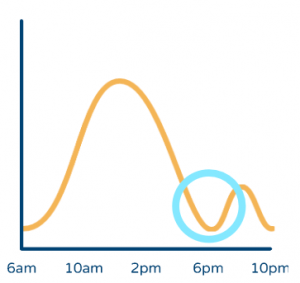‘Time is a gift. Every minute. Every second.’ -Lewis Carroll, Alice Through the Looking Glass
‘If you knew Time as well as I do, said the Hatter, ‘you wouldn’t talk about wasting it.’ -Lewis Carroll, Alice in Wonderland
The Adventures of Alice in Wonderland and Through The Looking Glass might be a curious place to think about democratic participation but the theme of time vanishing by chasing a rabbit down a rabbit hole is something that most people are all too familiar with.
Perhaps the most endemic challenge that members of the public face when it comes to attending public meetings is time. Time is currency and the amount of time that people have on hand to spare tends to be limited outside of work, family, and other obligations.
Many public meetings across the country are not well attended in-person which creates challenges for local officials and government staff who generally want the public to attend these official meetings. They want accurate representation of the diverse members of their community in the room in terms of numbers, demographics, lived experience, and professional expertise to speak on important issues and policies.
However, there are systemic or structural limitations when it comes to hosting public meetings. For one, the location. Public meetings and hearings tend to occur in formalized spaces like City Hall which makes the distance to attend difficult for some people both depending on the time their commute would take as well as any barriers to transportation they may be experiencing. Another challenge is that public meetings and hearings are either hosted in these formalized settings during many people’s workday, or in the evening after many people are just getting home from work. Moreover, most of these types of meetings are multiple hours long which impacts the amount of time people have to balance with their personal lives versus being focused on the business of government.
In all these scenarios there are concerns about time, which play into other systemic issues like inclusion and equity.
Interestingly, the notion of asynchronous participation, where individuals can participate in public hearings and meetings on their own time while gathering traction within governments, is not entirely that common. This is particularly the case in trying to ensure that the public are provided online opportunities to actively contribute (as opposed to just be a viewer on a livestream) on their own time. This might happen by pairing opportunities for making public comments on a digital platform, rather than within a formal public setting.
This is precisely what the non-profit organization called People Speak does. People Speak offers a catered digital platform to a local community where the public can type comments that become part of the public record. How it works is that agenda items are posted online prior to when an official meeting takes place with sections allotted for public comment. Following pre-meeting commenting, people are given the chance to type comments during live meetings. A key aspect to this process is that as public officials read through the public comments, a green check mark is registered above each comment on the platform.
One, among many things that are relevant about People Speak’s asynchronous approach to having public engagement at official meetings is the time of day that people tend to register their input on agenda items. The figure below indicates that there is a lull in participation right when public hearings tend to take place (6pm), and that most people are commenting earlier in the day (between 10am and 3pm). Most people make their comments prior to meetings rather than during the live sessions.

While everyone’s topsy turvy experience with time is not so dissimilar to Lewis Carroll’s Alice, we strive to find ways where time is less of an antagonist. The lesson here is that there are ways to better navigate everyone’s time by providing new tools and democratic innovations to make participation more accessible.



